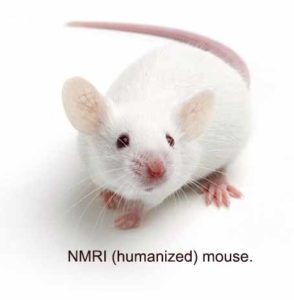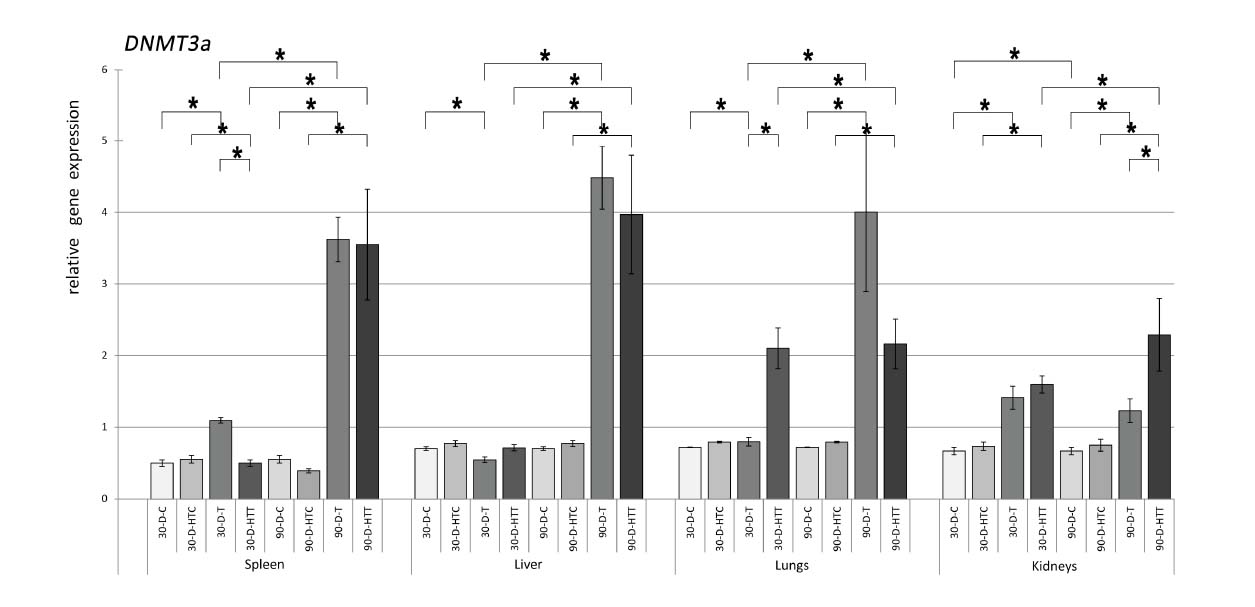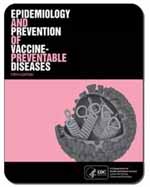 Nutrients, 2023, June 28, 15(13) 2946.
Nutrients, 2023, June 28, 15(13) 2946.
This study is intended to determine the long-term (3o and 90 days) exposure to tartrazine (Yellow 5) on humanized (NMRI) mice.
The amount used was the equivalent of the human acceptable daily intake (ADI).
RESULTS: After exposure to Yellow 5, there was significant up-regulation of genes in the lungs, kidneys, liver, and spleen.
QUOTE: Since the DNMT and HCAD genes specifically are involved in different steps of carcinogenesis, have roles in the development of neurological disorders and the effect of dose of everyday exposure is rarely studied, further investigation is warranted to study these possible associations.
NOTE: Researchers may find a connection over and over, but they almost always recommend nothing more than “further research is warranted.” When do we conclude that enough is enough to warrant a change in using these chemicals for the convenience of the food industry? Just how sick do we all have to get first?
Below is Figure 2. Each section is a different organ, and you can see what happens to the genes upon exposure. A “translation” will help, as follows:
- “30-D” or “90-D” indicates whether the mice were exposed for 30 or 90 days
- C: control consumed
- HTC: heat-treated control consumed
- T: Tartrazine (Yellow 5) consumed
- HT: Heat-treated Tartrazine consumed
I confess I wondered about why they bothered to heat-treat the tartrazine, until it dawned on me that when we consume the dye, it is often COOKED (ergo, “heat treated”) into our potato chips, macaroni/cheese, etc.
I think you’ll agree that the results below are pretty dramatic, in particular after 90 days of exposure.
 There are several other charts like this in the “full text” link below, as well as in the MedLine abstract.
There are several other charts like this in the “full text” link below, as well as in the MedLine abstract.




















